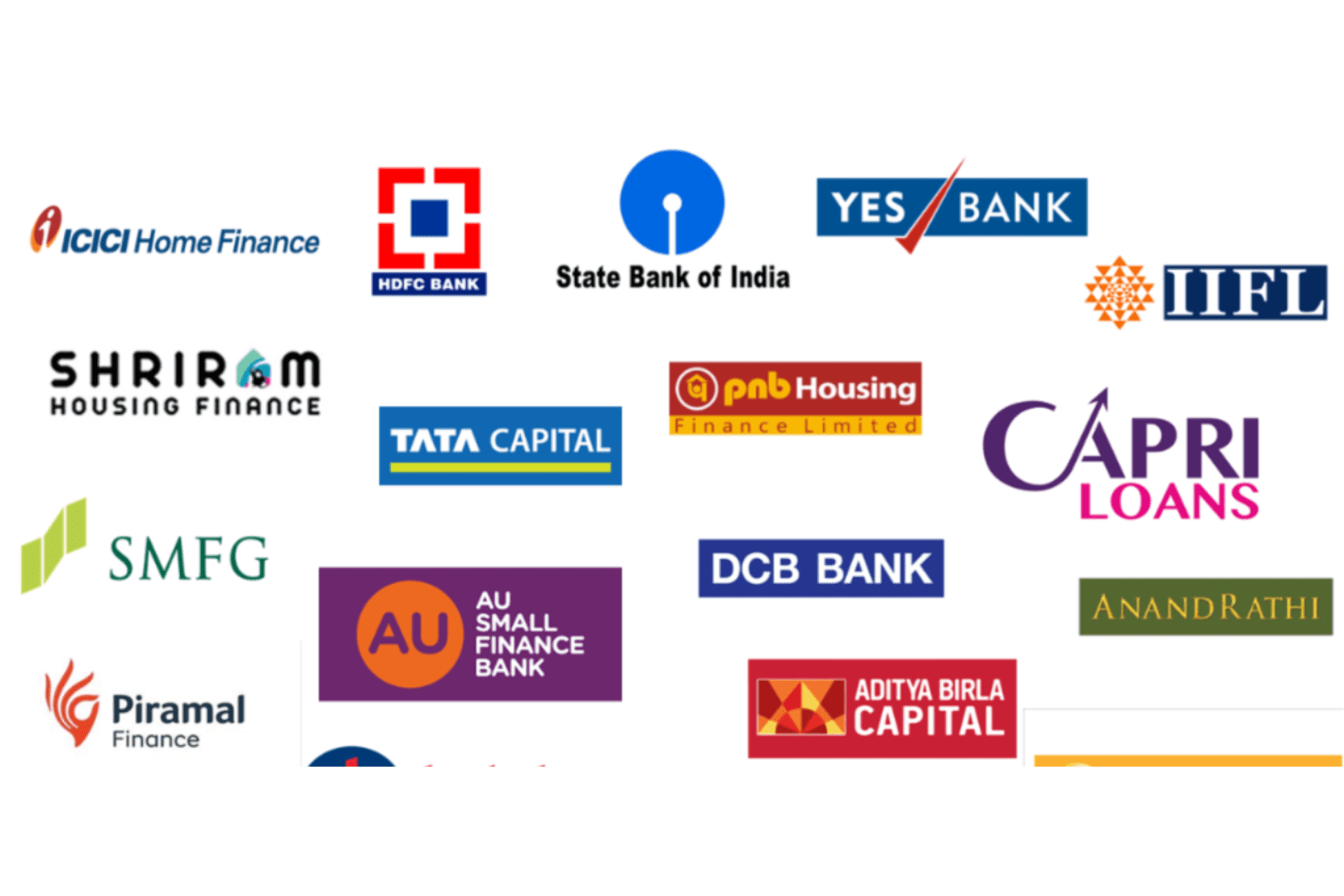Comprehensive Guide to Personal Loan Interest Rates Across All Banks
Understanding personal loan interest rates is crucial when planning your finances. The right loan can help you manage big expenses or consolidate debt, but the interest rate you get can make or break your budget. Since banks and lenders offer different rates, comparing options is vital to save money. This guide covers what influences these rates, how different banks compare, and tips to secure the best deal.
Understanding Personal Loan Interest Rates
What Is a Personal Loan Interest Rate?
A personal loan interest rate is the cost you pay to borrow money from a bank or lender. It can be fixed or variable. Fixed interest rates stay the same throughout the loan tenure, making monthly payments predictable. Variable rates can change based on market conditions, potentially lowering or raising your EMIs.
Your interest rate determines how much you pay each month and the total amount you’ll repay. For example, a loan at 10% interest will cost less over time than one at 15%.
Factors Influencing Interest Rates
Interest rates are not the same for everyone. Several factors decide how much you’ll pay:
- Credit Score and History: A higher credit score means lower interest rates. Banks see you as less risky.
- Income Level and Employment Stability: Steady income and good employment records qualify you for better rates.
- Loan Amount and Tenure: Larger loans or longer tenures may attract different rates. Sometimes, shorter tenures come with lower rates.
- Bank Policies and Economic Conditions: Each bank has its own rules. Market trends can also affect overall rates.
Why Interest Rate Comparison Matters
Choosing the right interest rate saves you thousands. Even a small difference on a Rs. 5 lakh loan over 3 years can be worth a significant sum.
Suppose Bank A offers 9% and Bank B offers 11%. Over three years, the total interest paid can differ by tens of thousands. Comparing helps you pick a bank that charges the lowest, making your loan more affordable.
Average Personal Loan Interest Rates by Leading Banks
National Banks
Big government-backed banks usually offer competitive rates. For example:
- SBI: Interest rates typically range from 9.60% to 12.50%. The final rate depends on your profile and the loan amount.
- HDFC Bank: Rates are generally between 10% and 13%. Premium customers might get lower rates.
- ICICI Bank: Expect rates from 10.50% to 13.50%, based on creditworthiness.
Private Sector Banks
Private banks often offer flexible schemes:
- Axis Bank: Rates usually range from 10.50% to 14%. They sometimes provide discounts for existing customers.
- Kotak Mahindra Bank: Offers personal loans at 10.99% to 13.50%. Good credit scores get the best deals.
- IndusInd Bank: Rates run around 11% to 14%.
Public Sector Banks
Public banks typically have competitive rates backed by government policies:
- Bank of Baroda: Rates are around 9.90% to 13%, depending on credit profile.
- Canara Bank: Offers loans at 10% to 13.50% with some special schemes.
- Union Bank of India: Rates hover near 10.50% to 13.75%.
Digital Banks and NBFCs
Newer digital lenders and Non-Banking Financial Companies are reshaping the scene:
- They often provide quick approvals and competitive rates, around 9.50% to 12%.
- Some NBFCs may charge slightly higher due to different risk assessments but can be more flexible with approval criteria.
How Bank Types Affect Interest Rates
| Bank Type | Typical Interest Rate Range | Features |
|---|---|---|
| National Banks | 9.60% to 13.50% | Stable, backed by government |
| Private Banks | 10.50% to 14% | Customizable offers, premium services |
| Public Sector Banks | 9.90% to 13.75% | Good for lower-income borrowers |
| Digital/NBFc | 9.50% to 12% | Fast processing, easy online comparison |
Choosing the right bank depends on your credit profile and needs. All offer different perks, but comparing rates is the best way to save.
Tips to Secure the Lowest Personal Loan Interest Rates
Maintain a Strong Credit Score
Your credit score affects how much you pay. A score above 750 offers better chances for low rates. Before applying, check your score and fix errors or pay off existing dues.
Negotiate with Banks
Banks are often willing to lower rates for loyal customers or those with good profiles. Use your banking relationship or pre-approved offers as leverage.
Choose the Right Loan Tenure
Shorter tenures typically come with lower interest rates. But they mean higher EMIs. Find the balance that fits your budget and helps you save.
Use Special Schemes and Offers
Look for government schemes, festival discounts, or bank promos that reduce interest or offer cashback. These can further cut costs.
Other Considerations
Don’t forget to compare processing fees and hidden charges. Also, check flexibility options like prepayment or foreclosure without penalties.
How to Compare Personal Loan Interest Rates Effectively
Use Online Comparison Tools
Visit bank comparison websites to see current rates. Enter your loan details and check the latest offers. Read the fine print about fees and charges.
Calculate the Total Cost
Compare the effective interest rate (EIR) and EMI amounts for different options. Use online calculators for quick results. This shows the real cost of your loan over time.
Read the Fine Print
Prepayment charges, foreclosure rules, and repayment flexibility can impact your total interest paid. Make sure you understand these before choosing a lender.
Real-World Case Studies
Case Study 1: Young Professional Decides Between Two Banks
A 28-year-old with a Rs. 3 lakh income applies for a Rs. 2 lakh loan. Bank X offers 10.50%, Bank Y offers 11.50%. After negotiation and assessment, Bank X becomes the better choice. The lower rate saves him nearly Rs. 20,000 over three years.
Case Study 2: Business Owner Negotiates a Better Rate
A small business owner with a good credit history approaches a semi-private bank. He negotiates directly, gaining a 0.75% discount. This reduces his interest cost by thousands, making the loan more affordable.
Lessons Learned
Good credit, negotiation, and comparison matter. Even a small difference in rates can save you a lot in the long run.
Conclusion
Knowing your options for personal loan interest rates is the key to saving big money. Comparing banks, understanding factors that influence rates, and negotiating can lead to better deals. Always do your research, use online tools, and read the fine print carefully. Diligent comparison ensures you choose the bank offering the lowest, most flexible rate for your needs. Smart decisions today can translate into significant savings tomorrow.








